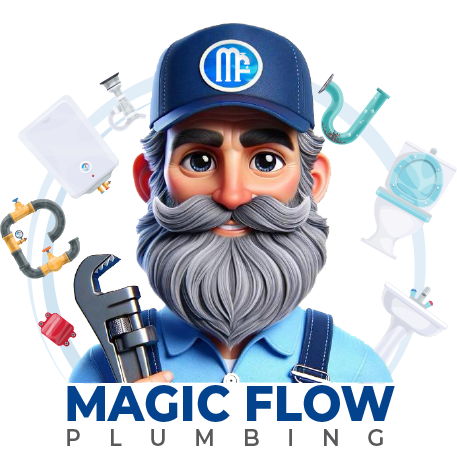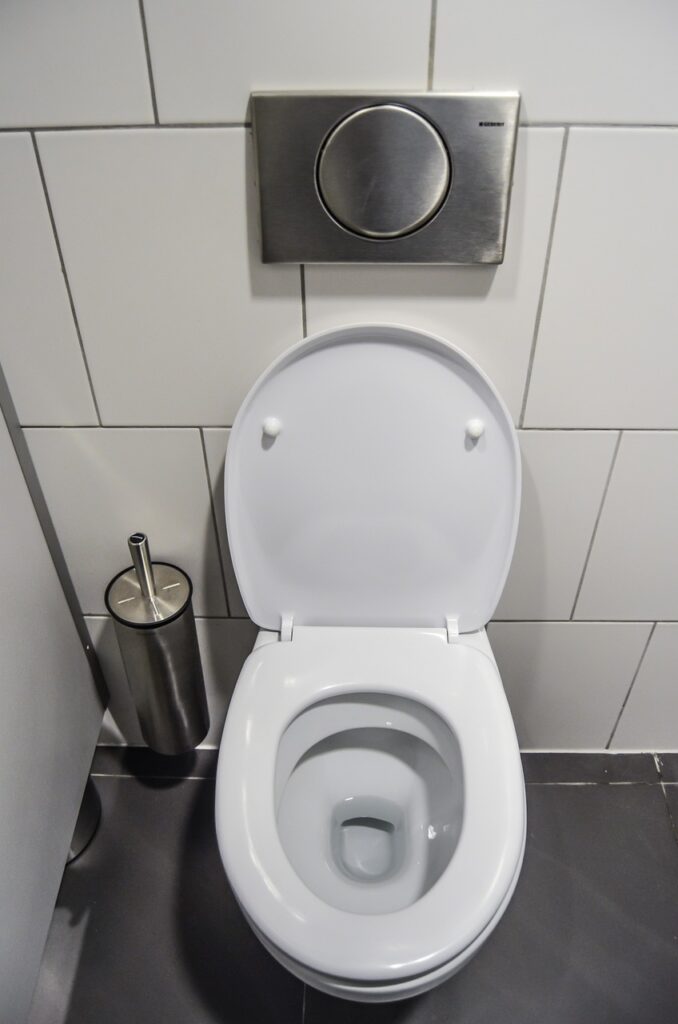Toilets are an indispensable part of home plumbing systems, but they often go unnoticed until problems arise. Regular maintenance can prevent unpleasant surprises and costly repairs, ensuring your toilet operates efficiently for years. This guide will walk you through the basics of toilet plumbing and how to maintain it effectively.
Understanding Your Toilet’s Plumbing
Before diving into maintenance, it’s crucial to understand the basic components of your toilet:
- Tank: The upper part that holds water for flushing.
- Bowl: The lower part that channels waste to the sewer line.
- Flush Mechanism: Includes the handle, chain, and flapper that release water from the tank to the bowl.
- Fill Valve: Controls the refill of the tank post-flush.
- Wax Seal and Flange: Ensure a watertight seal between the toilet and the drainage pipe.
Routine Maintenance Tips
1. Check for Leaks Regularly
- Visual Inspection: Look for signs of water on the floor around the toilet base or on the ceiling below the bathroom. Moisture here can indicate a failing wax seal.
- Food Coloring Test: Place a few drops of food coloring in the Tank. If color appears in the bowl without flushing, your flapper may need replacement.
2. Clean Intelligently
- Avoid Harsh Chemicals: Chemical cleaners can corrode metal parts inside the Tank. Instead, opt for mild detergents and a toilet brush.
- Natural Cleaners: For eco-friendly cleaning, use a mixture of baking soda and vinegar. This combination effectively removes stains without damaging plumbing components.
3. Inspect Internal Components
- Flapper and Fill Valve: Check these for wear and tear every six months. Replace if they no longer form a tight seal or if the fill valve doesn’t shut off properly.
- Handle and Chain: Ensure the handle works smoothly and that the chain isn’t too slack or too tight, as this can affect flushing.
4. Maintain the Water Level in the Tank
- The water level should be about an inch below the overflow tube. Adjust the float arm or the float height to maintain the correct level, ensuring efficient flushes and tank refills.
5. Address Hard Water Issues
- Hard water can lead to mineral buildup in your Tank and on your bowl, affecting flushing efficiency. Regularly clean mineral deposits with a descaling solution tailored for toilets.
6. Prevent Clogs Before They Happen
- Only human waste and toilet paper should be flushed. Even products labeled as “flushable,” like certain wipes, can clog your system.
- For larger families, consider periodic professional inspections to ensure that your plumbing handles the increased load efficiently.
7. Replace Old Fixtures
- Consider upgrading to a modern toilet if your current model frequently needs repairs. Newer toilets are more water-efficient, reducing your water bill and environmental impact.
Dealing with Common Toilet Problems
1. Clogs: Use a plunger or a plumber’s snake to clear clogs. Avoid chemical drain cleaners, as they can damage your plumbing over time.
2. Running Toilet: This often stems from a faulty flapper or fill valve. Replacements are generally simple and inexpensive.
3. Weak Flush: Check for clogs in the jet holes around the rim of the bowl. Cleaning these can improve flush power.
Professional Help and When to Seek It
While many toilet issues can be handled with DIY methods, don’t hesitate to call a professional for more complex problems like leaks from beneath the toilet or persistent clogs that don’t respond to a plunger. Regular professional inspections can also help catch issues before they become severe.
Regular maintenance of your toilet can save you from unexpected problems and extend the lifespan of one of the most crucial fixtures in your home. By understanding the basics of toilet plumbing and following these maintenance tips, you can ensure that your toilet remains efficient and reliable for years to come.

